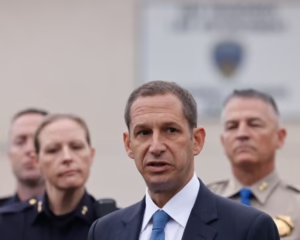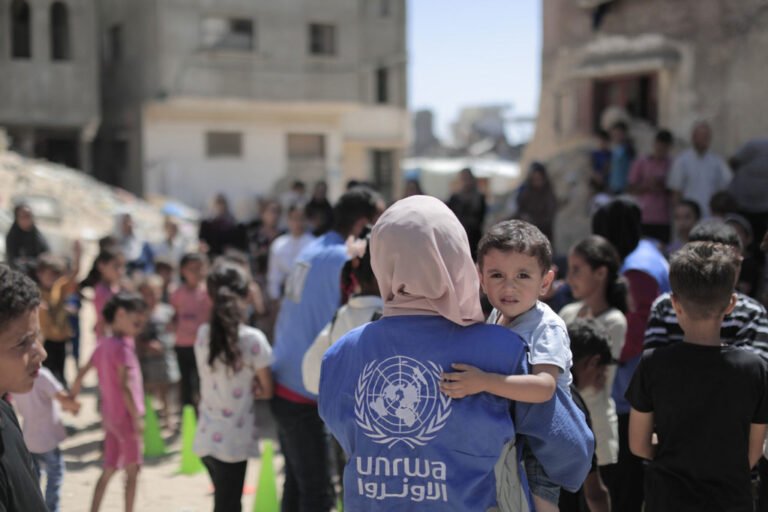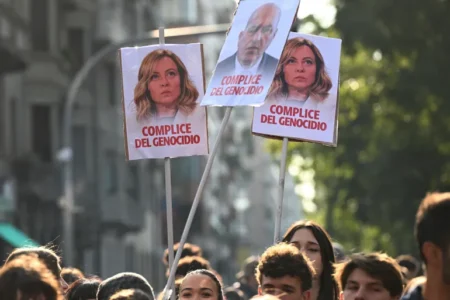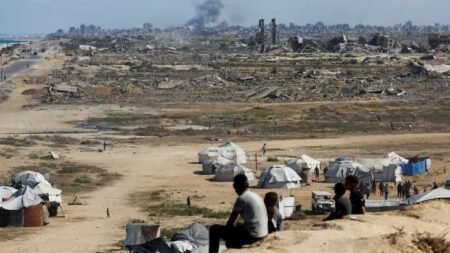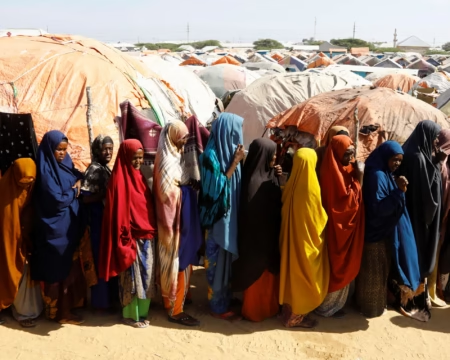The United Nations Relief and Works Agency (UNRWA) has raised serious concerns about the impact of the Gaza war on children. On Tuesday, UNRWA’s Director of Operations in Gaza, Sam Rose, stated that since October 7, 2023, an average of 35 to 45 children — the size of a typical classroom — have been killed each day.
According to UNRWA, before the war, classrooms in Gaza had between 35 and 45 students. Now, that same number reflects the daily child death toll caused by ongoing strikes. Most of UNRWA’s schools have been turned into shelters due to heavy attacks, forcing families and children to live in overcrowded, unsafe conditions.
Medical sources in Gaza say that more than 18,000 children have died in the conflict so far. An additional 16,854 children have been injured and treated in hospitals. Many suffer long-term wounds or trauma.
The situation for children goes far beyond physical injuries. Daily life in Gaza has become a struggle for survival. Hunger, thirst, and displacement have added to their suffering. The destruction of water pipes, food stores, and blocked border crossings have made access to basic needs almost impossible.
On July 8, UNRWA reminded the world that half of Gaza’s population — about 1.2 million people — are children. Many have now lost their homes, families, and schools. UNRWA said their lives are now shaped by war, fear, and trauma.
The number of people killed or injured in the Gaza conflict continues to rise. Reports estimate that more than 197,000 people have been killed or wounded. Many of these victims are women and children. Over 11,000 people are still missing, believed to be trapped under rubble or otherwise unaccounted for.
In addition to the death toll, the war has caused widespread hunger and displacement. The United Nations says hundreds of thousands of people are now living without access to safe shelter, food, or clean water. A severe famine has already claimed many lives, including dozens of children. The situation continues to worsen as aid trucks are unable to enter the region regularly due to restrictions and security concerns.
Health care in Gaza has also collapsed under the weight of the war. Hospitals are overcrowded, under-resourced, and often targeted in strikes. Many doctors and nurses work without pay or enough medical supplies. The number of child patients in critical condition grows daily.
Aid workers and human rights groups are calling for immediate steps to protect Gaza’s children. They stress the need for safe zones, open aid routes, and the protection of schools and hospitals from further attacks.
UNRWA has been one of the few agencies still able to provide some form of relief in Gaza, but even its efforts are at risk. Many of its workers have been killed, and several of its facilities damaged or destroyed.
The Gaza war continues to take a heavy toll on civilians, especially children. With the reported average of one classroom of children killed each day, the future of Gaza’s next generation hangs in the balance.
The international community has been urged to act quickly to bring an end to the violence and ensure aid can reach those in need. Without urgent steps, thousands more children could face the same tragic fate as those already lost.



